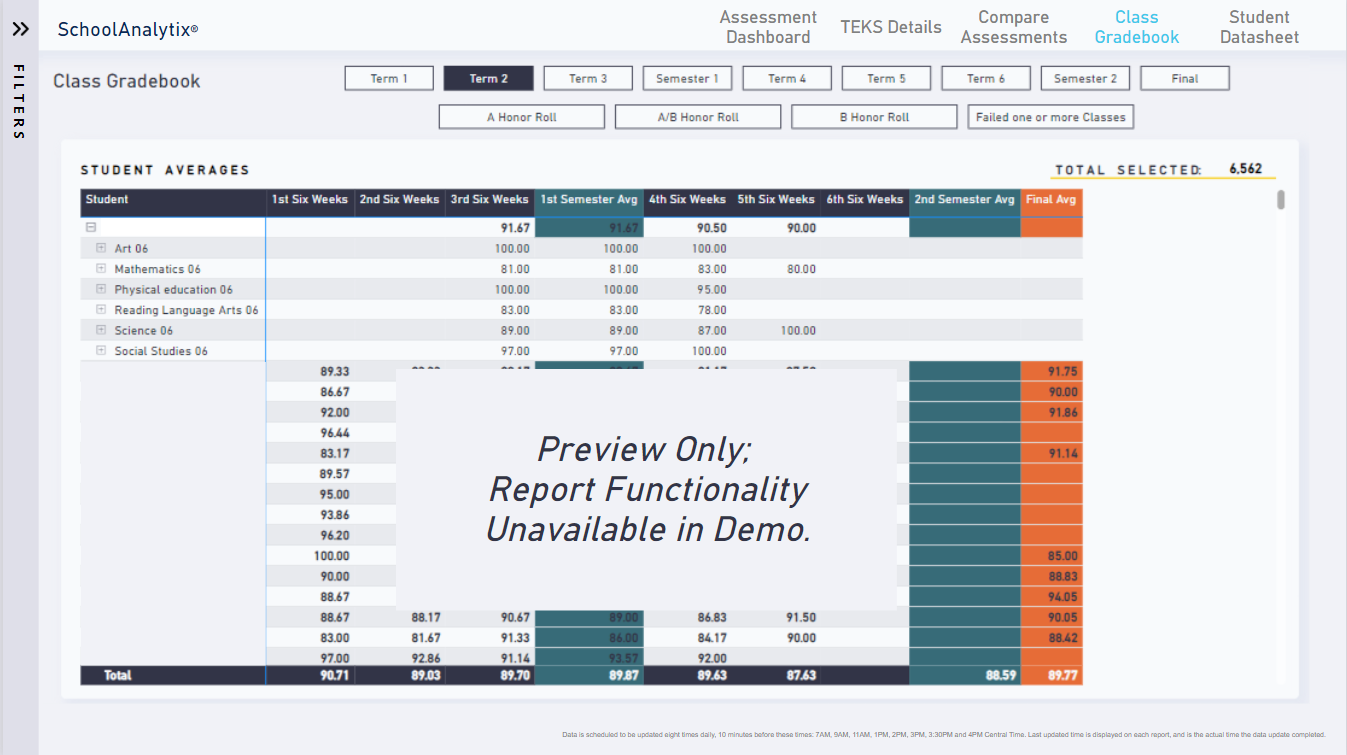In the realm of education, empowerment is not merely a buzzword but a fundamental principle that underpins effective learning and growth. Empowering students involves providing them with the tools, resources, and opportunities to take ownership of their educational journey. One such tool that has gained prominence in recent years is the student gradebook, a digital platform that offers students access to their academic performance data in real-time. In this article, we will explore the benefits of empowering students through access to their gradebooks and outline best practices for educators to maximize its potential.
The Evolution of Student Gradebooks
Traditionally, student grades were communicated to them through periodic report cards or verbally by teachers. However, with advancements in technology, the landscape of education has undergone a significant transformation. Paper-based gradebooks have been replaced by sophisticated digital platforms that provide students with instant access to their grades, feedback, and progress metrics.
Benefits of Student Gradebook Access
Promoting Accountability: When students have access to their gradebooks, they become more accountable for their academic performance. They can track their progress, identify areas of improvement, and set goals accordingly.
Fostering Self-Reflection: Access to gradebooks enables students to reflect on their learning journey. They can review their grades, assessments, and feedback to understand their strengths and weaknesses better.
Encouraging Proactive Communication: Gradebook access facilitates communication between students and teachers. Students can reach out to their teachers for clarification on grades or assignments, fostering a supportive learning environment.
Supporting Goal Setting: With access to their performance data, students can set realistic academic goals. Whether it’s aiming for a higher grade in a particular subject or improving overall GPA, gradebook access empowers students to take ownership of their goals.
Enhancing Parental Involvement: Student gradebook access allows parents or guardians to monitor their child’s academic progress actively. This promotes parental involvement in the educational process and enables timely intervention if needed.
Building Resilience: By experiencing both successes and setbacks firsthand, students develop resilience and perseverance. Access to gradebooks teaches them that failure is not final but an opportunity for growth and improvement.
Best Practices for Implementing Student Gradebook Access
Ensure Transparency: Establish clear guidelines on how grades are calculated and communicated through the gradebook. Transparency builds trust between students, teachers, and parents.
Provide Timely Feedback: Encourage teachers to provide timely and constructive feedback on assignments and assessments. Prompt feedback allows students to make necessary adjustments and improvements.
Promote Reflection: Encourage students to regularly review their gradebook data and reflect on their academic performance. This reflection can inform their study habits, time management strategies, and goal-setting process.
Set Realistic Expectations: Help students understand that grades are not the sole measure of their worth or intelligence. Emphasize the importance of effort, growth, and continuous learning.
Offer Support Services: Identify support services, such as tutoring or academic counseling, for students who may need additional assistance. Gradebook access can help identify students who are struggling and in need of extra support.
Encourage Goal Setting: Guide students in setting SMART (Specific, Measurable, Achievable, Relevant, Time-bound) goals based on their gradebook data. Regularly revisit these goals to track progress and make adjustments as needed.
Promote Student Ownership: Empower students to take ownership of their academic journey. Encourage them to advocate for themselves, seek clarification when needed, and actively engage in their learning process.
Conclusion
Access to student gradebooks represents a powerful tool for empowering students in their educational journey. By providing students with real-time access to their academic performance data, educators can foster accountability, self-reflection, and proactive communication. However, successful implementation requires a commitment to transparency, timely feedback, and promoting student ownership. As educators embrace the benefits of gradebook access, they can unlock the full potential of their students and cultivate a culture of empowerment in the classroom.









